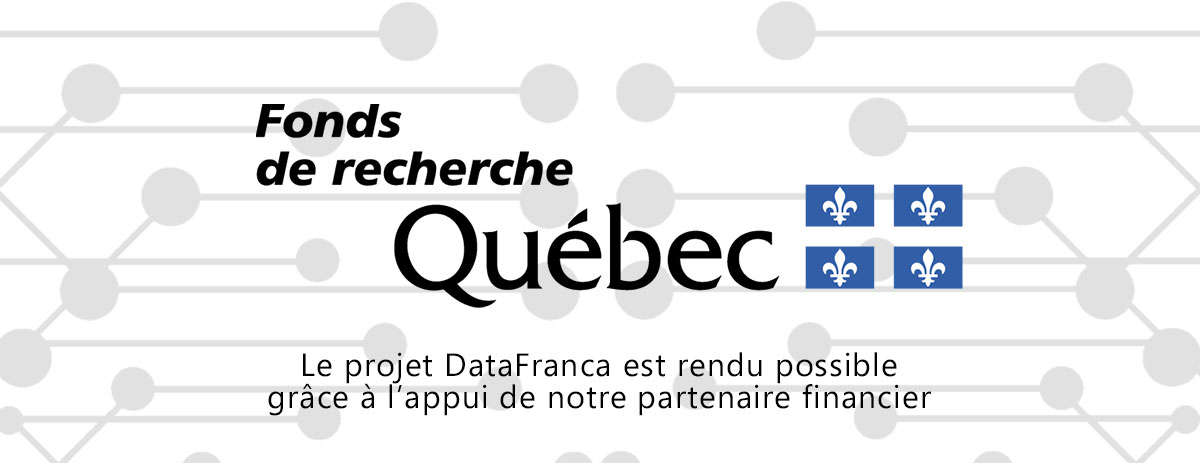« Technologie cérébrale » : différence entre les versions
m (Remplacement de texte — « Termes privilégiés » par « Français ») |
Aucun résumé des modifications Balise : Éditeur de wikicode 2017 |
||
| Ligne 16 : | Ligne 16 : | ||
== Anglais == | == Anglais == | ||
''' Brain technology ''' | |||
Brain technology, or self-learning know-how systems, defines a technology that employs latest findings in neuroscience. The term was first introduced by the Artificial Intelligence Laboratory in Zurich, Switzerland, in the context of the Roboy project.[1] Brain Technology can be employed in robots,[2] know-how management systems[3] and any other application with self-learning capabilities. In particular, Brain Technology applications allow the visualization of the underlying learning architecture often coined as “know-how maps”. | Brain technology, or self-learning know-how systems, defines a technology that employs latest findings in neuroscience. The term was first introduced by the Artificial Intelligence Laboratory in Zurich, Switzerland, in the context of the Roboy project.[1] Brain Technology can be employed in robots,[2] know-how management systems[3] and any other application with self-learning capabilities. In particular, Brain Technology applications allow the visualization of the underlying learning architecture often coined as “know-how maps”. | ||
Version du 28 avril 2019 à 11:33
Domaine
Définition
Français
Anglais
Brain technology
Brain technology, or self-learning know-how systems, defines a technology that employs latest findings in neuroscience. The term was first introduced by the Artificial Intelligence Laboratory in Zurich, Switzerland, in the context of the Roboy project.[1] Brain Technology can be employed in robots,[2] know-how management systems[3] and any other application with self-learning capabilities. In particular, Brain Technology applications allow the visualization of the underlying learning architecture often coined as “know-how maps”.
Contributeurs: Imane Meziani, wiki










